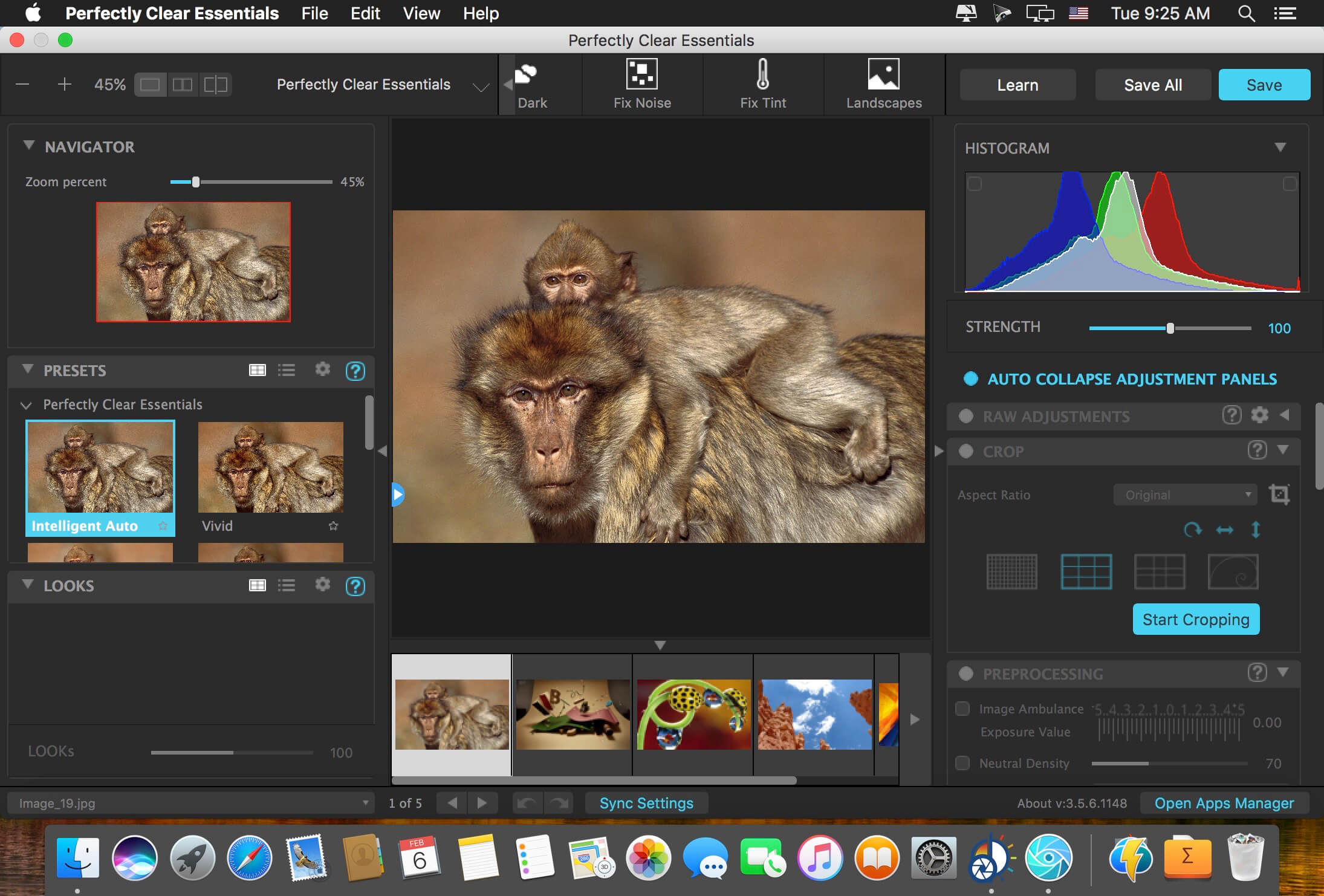
LrC’s main purpose is to handle a raw workflow from start to finish.
#Perfectly clear lightroom plug in 32 bit#
Anyone else still have 32 bit TIF files in their library from when they were the way it was done, as opposed to the merged HDR DNG files we can create today? I know I do.

Just look at how the workflow around merging bracketed HDR exposures has evolved in the last few years, and continues to evolve into the future. The best practice workflow of today may not be the same a year from now.
#Perfectly clear lightroom plug in software#
Just like Adobe is constantly evolving and improving its products, third-party software developers are doing the same with their products too. I must also point out that this is not necessarily a static answer. This is another question where the answer will vary depending on the specific workflow, the specific problem the plug-in is trying to solve, and possibly other factors like if you are working on a raw photo or a non-raw photo. For example, LrC has some great tools for creating powerful B&W images, but if you have a strong affinity for B&W or a background in film, you may find a specialized tool for that specific task gives you the results you want, such as Nik Silver Efex Pro. That is by no means a complete list of all categories or companies making plug-ins for any given category, but you can see that with so many options out there, as to why this question comes up so often for people using LrC.


A question just about every Lightroom Classic (LrC) user faces at some point is, should I be using such-and-such plug-in to do X, Y, or Z in my workflow? The answer, of course, is it depends.Įach issue of Photoshop User Magazine (and previous issues of Lightroom Magazine) contains reviews and in-depth articles about using different plug-ins, and so I’m not here to repeat those efforts (I do recommend you look back at previous issues if interested in a specific plug-in review), but rather to consider the question of where and when a plug-in might fit in a typical LrC workflow, and how you might decide if it is right for you.įirst, to answer the question of do you even need to use a plug-in of any sort, I would say, no, you don’t need to at all.


 0 kommentar(er)
0 kommentar(er)
